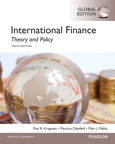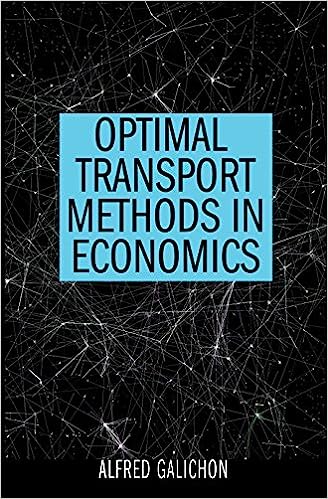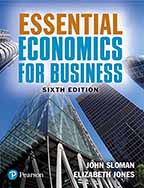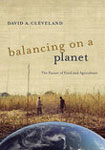Book Details

International Economics
For an introductory International Economics course.
A principles-level introduction to international economics that is accessible to all majors.
International Economics uses a rich array of case studies to illuminate economic institutions and policies as well as recent developments in the global economy—without students having to rely on a prerequisite knowledge of higher-level math. Further, the text’s flexible approach—with self-contained chapters and comprehensive coverage—allows instructors to adapt the text easily to a wide range of syllabi.
The sixth edition preserves the organization and coverage of the fifth edition and adds a number of updates and enhancements. All tables and graphs have been updated and every chapter begins with a list of student learning outcomes. Chapter 13, The United States in the World Economy, is heavily revised and refocused towards U.S. international economic relations, including NAFTA, but adds material on other trade agreements, including a new case study on preferential agreements such as the African Growth and Opportunity Act.
New to this Edition
- All tables and graphs have been updated.
- Each chapter begins with a list of student learning outcomes
- Chapter 3 has a new case study on the gains from trade that uses the historical example of Japan’s opening in the 19th century.
- Chapter 4’s discussion of off-shoring is extended by a new case study examining China’s role in global supply chains for the Apple iPhone 3G.
- Chapter 5’s discussions of intraindustry trade and industrial policies are streamlined and the model of monopolistic competition is incorporated into the text instead of being left to the appendix.
- Chapter 5 also has a new case study on the WTO and developing countries.
- Chapter 7’s discussion of tariff rates now includes data on China and is more focused on current tariff levels.
- Chapter 8 on labor and environmental standards has a new case study on global climate change.
- Chapter 10 now provides students with IMF estimates of the number of countries using each type of exchange rate system.
- Much more...
I. INTRODUCTION AND INSTITUTIONS
1. The United States in a Global Economy
2. International Economic Institutions since World War II
II. INTERNATIONAL TRADE
3. Comparative Advantage and the Gains from Trade
4. Comparative Advantage and Factor Endowments
5. Beyond Comparative Advantage
6. The Theory of Tariffs and Quotas
7. Commercial Policy
8. International Trade and Labor and Environmental Standards
III. INTERNATIONAL FINANCE
9. Trade and the Balance of Payments10. Exchange Rates and Exchange Rate Systems
11. An Introduction to Open Economy Macroeconomics
12. International Financial Crises
IV. REGIONAL ISSUES IN THE GLOBAL ECONOMY
13. The United States in the World Economy14. The European Union: Many Markets into One
15. Trade and Policy Reform in Latin America
16. The BRIC Countries in the World Economy
17. Export-Oriented Growth in East Asia

NEW PERSPECTIVES ON INTERNATIONAL MIGRATION AND DEVELOPMENT (Initiative for Policy Dialogue)

Toward a Just Society : Joseph Stiglitz and Twenty-First Century Economics

TURBULENT WATERS : CROSS-BORDER FINANCE AND INTERNATIONAL GOVERNANCE
Popular Picks on the Month














